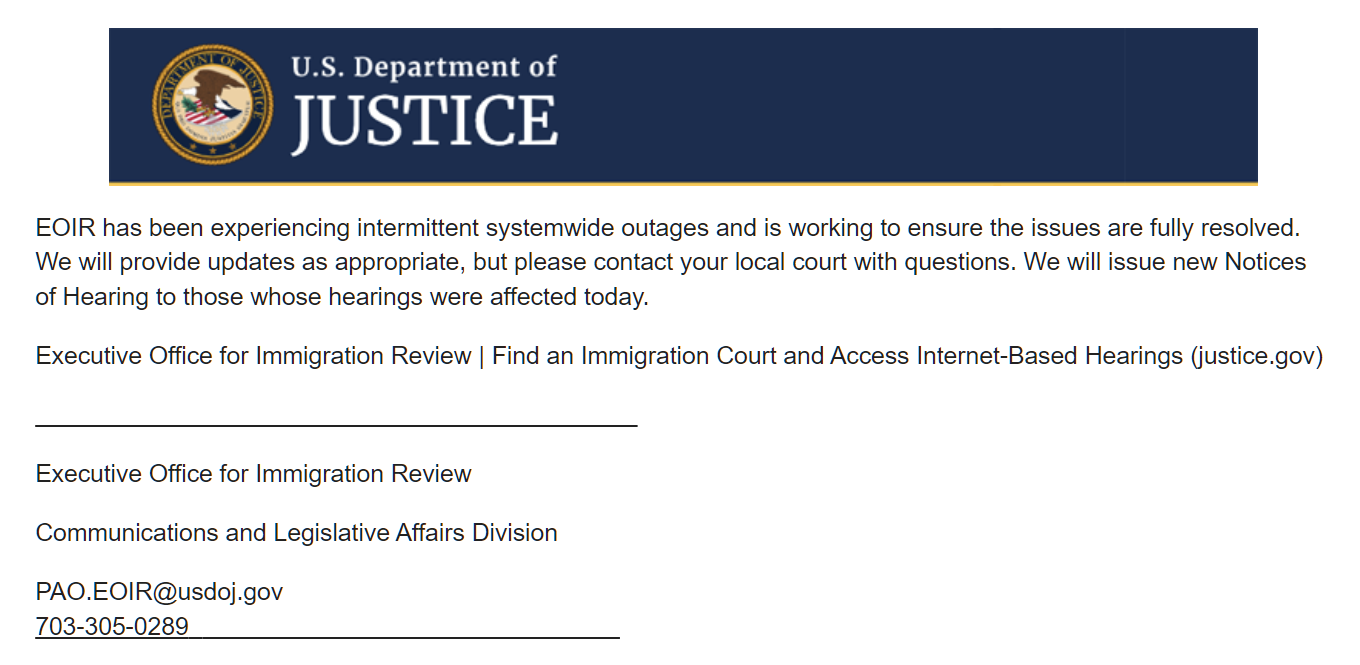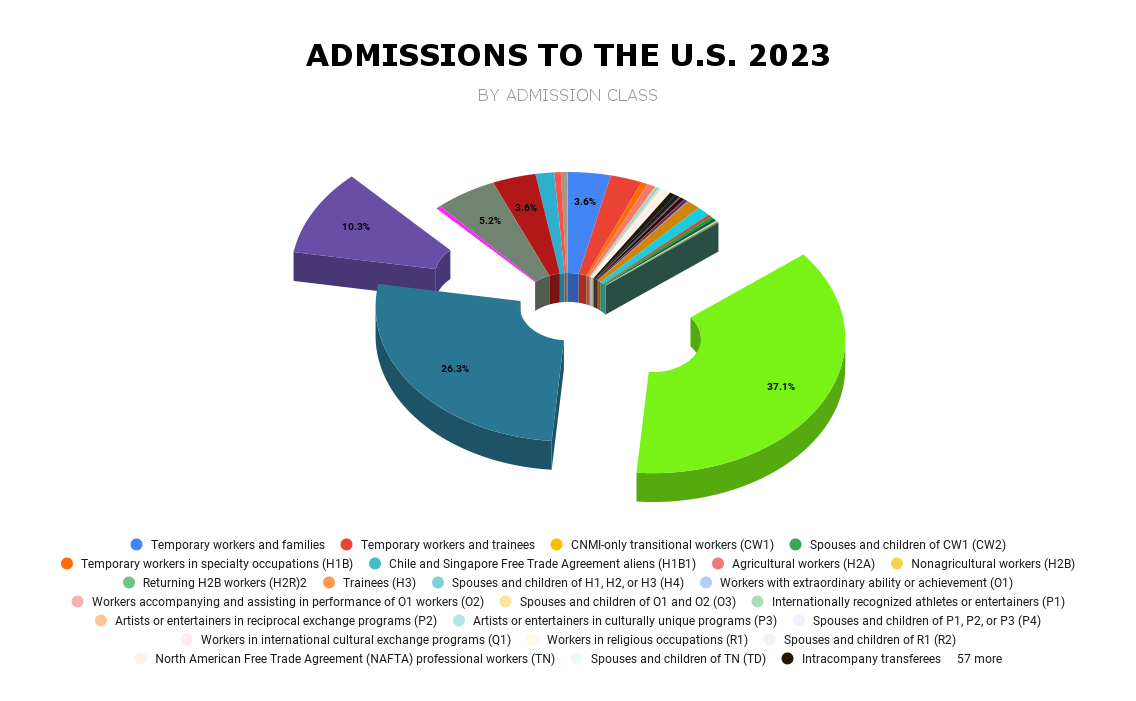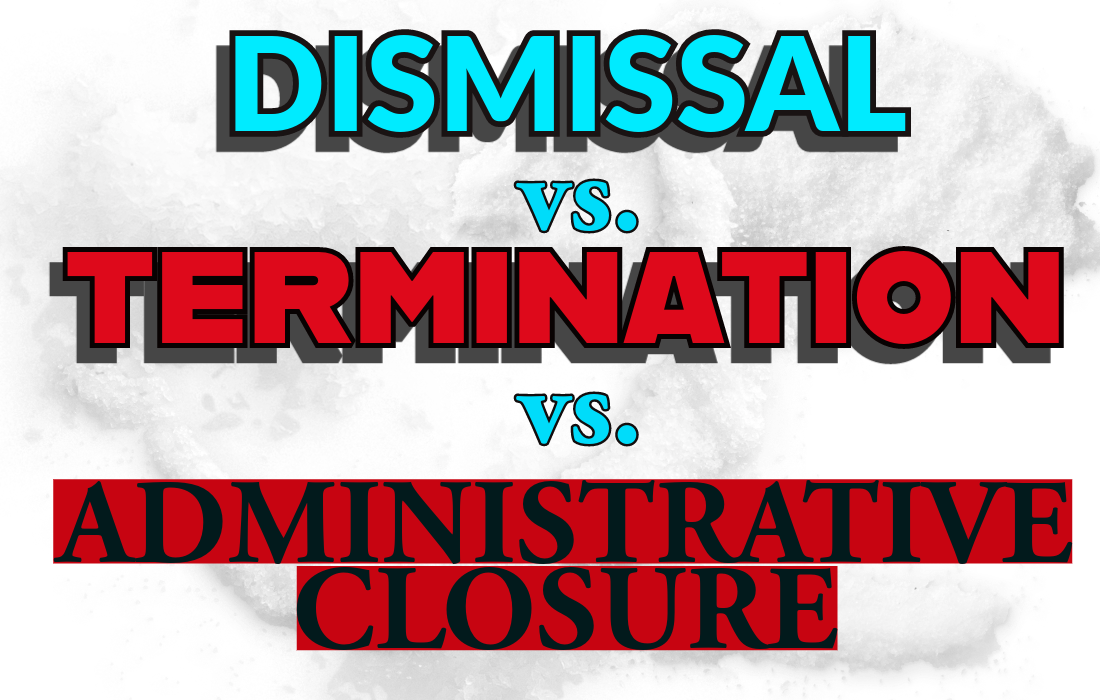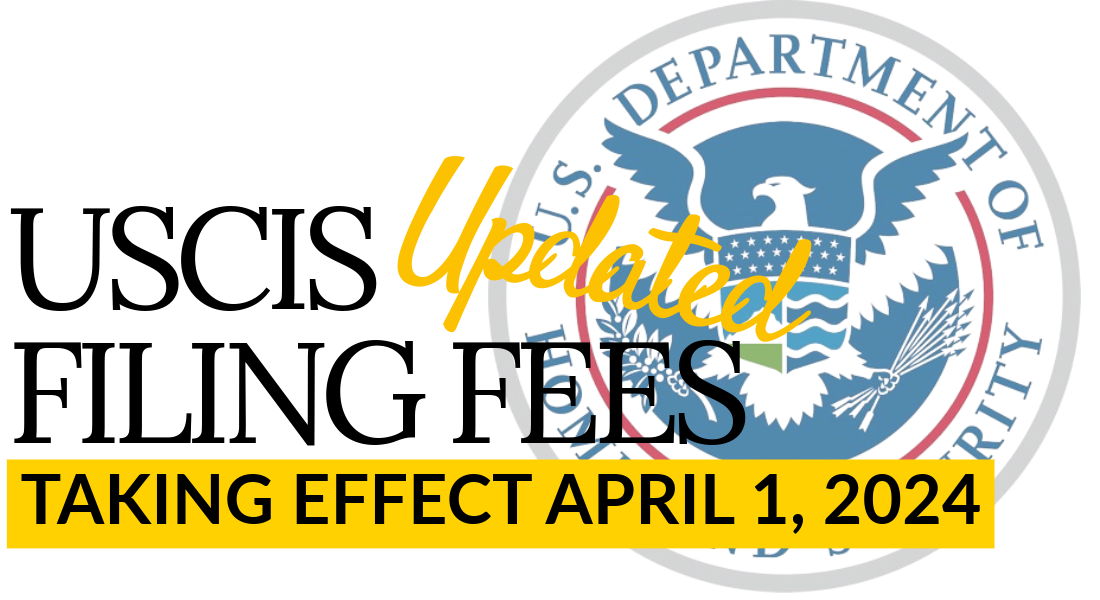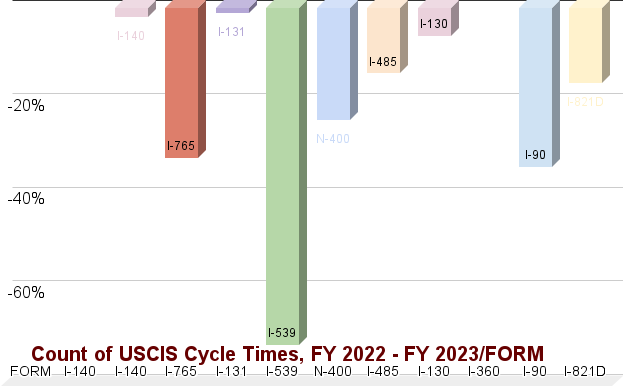See admissions chart with complete data. NATURALIZATIONS YEAR NUMBER % Change 2023 217,000 -3 % 2022 224,000 Admissions Into The U.S. 2023 Class of admission Total Total all admissions (from PAS)1 60,900,000 Total I-94 admissions 30,750,195 Temporary workers and families 2,284,026 Temporary workers and trainees 1,697,411 CNMI-only transitional workers (CW1) 891 Spouses and children of CW1 (CW2) 206 Temporary workers in specialty occupations (H1B) 352,610 Chile and Singapore Free Trade Agreement aliens (H1B1) 1,125 Registered nurses participating in the Nursing Relief for Disadvantaged Areas (H1C) 0 Agricultural workers (H2A) 437,161 Nonagricultural workers (H2B) 73,295 Returning H2B workers (H2R)2 19 Trainees (H3) 570 Spouses and children of H1, H2, or H3 (H4) 113,960 Workers with extraordinary ability or achievement (O1) 51,507 Workers accompanying and assisting in performance of O1 workers (O2) 23,377 Spouses and children of O1 and O2 (O3) 7,794 Internationally recognized athletes or entertainers (P1) 55,932 Artists or entertainers in reciprocal exchange programs (P2) 5,552 Artists or entertainers in culturally unique programs (P3) 5,769 Spouses and children of P1, P2, or P3 (P4) 2,553 Workers in international cultural exchange programs (Q1) 1,340 Workers in religious occupations (R1) 5,824 Spouses and children of R1 (R2) 2,181 North American Free Trade Agreement (NAFTA) professional workers (TN) 495,396 Spouses and children of TN (TD) 60,349 Intracompany transferees 334,131 Intracompany transferees (L1) 228,395 Spouses and Children of L1 (L2)3 247 Spouses of L1 (L2S)3 65,707 Children of L1 (L2Y)3 39,782 Treaty traders and investors 238,265 Treaty traders (E1) 32,402 Spouses of treaty traders (E1S)4 445 Children of treaty traders (E1Y)4 284 Treaty investors (E2) 179,330 Spouses of treaty investors (E2S)4 3,491 Children of treaty investors (E2Y)4 1,645 Treaty investors and their spouses and children (CNMI only) (E2C) 35 Australian Free Trade Agreement principals (E3) 19,827 Spouses of Australian Free Trade Agreement principals (E3S)4 730 Children of Australian Free Trade Agreement principals (E3Y)4 76 Representatives of foreign information media 14,219 Representatives of foreign information media and spouses and children (I1) 14,219 Students 737,264 Academic students (F1) 705,253 Spouses and children of F1 (F2) 26,215 Vocational students (M1) 5,357 Spouses and children of M1 (M2) 439 Exchange visitors 193,302 Exchange visitors (J1) 167,945 Spouses and children of J1 (J2) 25,357 Diplomats and other representatives 197,901 Ambassadors, public ministers, career diplomatic or consular officers and their families (A1) 18,117 Other foreign government officials or employees and their families (A2) 77,876 Attendants, servants, or personal employees of A1 and A2 and their families (A3) 308 Principals of recognized foreign governments (G1) 6,880 Other representatives of recognized foreign governments (G2) 8,655 Representatives of nonrecognized or nonmember foreign governments (G3) 541 International organization officers or employees (G4) 56,927 Attendants, servants, or personal employees of representatives (G5) 157 North Atlantic Treaty Organization (NATO) officials, spouses, and children (N1 to N7) 28,440 Temporary visitors for pleasure 23,637,152 Temporary visitors for pleasure (B2) 16,797,614 Visa Waiver Program – temporary visitors for pleasure (WT) 6,582,615 Guam Visa Waiver Program – temporary visitors for pleasure to Guam (GT) 0 Guam – Commonwealth of Northern Mariana Islands (CNMI) Visa Waiver Program – temporary visitors for pleasure to Guam or Northern Mariana Islands (GMT) 256,923 Temporary visitors for business 3,326,377 Temporary visitors for business (B1) 2,327,204 Visa Waiver Program – temporary visitors for business (WB) 998,779 Guam Visa Waiver Program – temporary visitors for business to Guam (GB) 0 Guam – Commonwealth of Northern Mariana Islands (CNMI) Visa Waiver Program – temporary visitors for business to Guam or Northern Mariana Islands (GMB) 394 Transit aliens 347,152 Aliens in continuous and immediate transit through the United States (C1) 342,745 Aliens in transit to the United Nations (C2) 300 Foreign government officials, their spouses, children, and attendants in transit (C3) 4,107 Transit without visa (C4) 0 Commuter students 461 Canadian or Mexican national academic commuter students (F3) 461 Canadian or Mexican national vocational commuter students (M3) 0 Alien Fiancé(e)s of U.S. citizens and children 8,841 Fiancé(e)s of U.S. citizens (K1) 7,525 Children of K1 (K2) 1,316 Legal Immigration Family Equity (LIFE) Act 6 Spouses of U.S. citizens, visa pending (K3) 6 Children of U.S. citizens, visa pending (K4) 0 Spouses of permanent residents, visa pending (V1) 0 Children of permanent residents, visa pending (V2) 0 Dependents of V1 or V2, visa pending (V3) 0 Other 25 Irish Peace Process Cultural and Training Program aliens 0 Spouses and children of Q2 0 Parents of international organization special immigrants 25 Children of N8 or international organization special immigrants 0 Victims of a severe form of trafficking and spouses, children, parents, and siblings 0 Aliens suffering physical or mental abuse as victims of criminal activity and spouses, children, and parents 0 Unknown 17,688 Charts and graphs on this page are based on data from USCIS at https://www.dhs.gov/immigration-statistics/special-reports/legal-immigration

